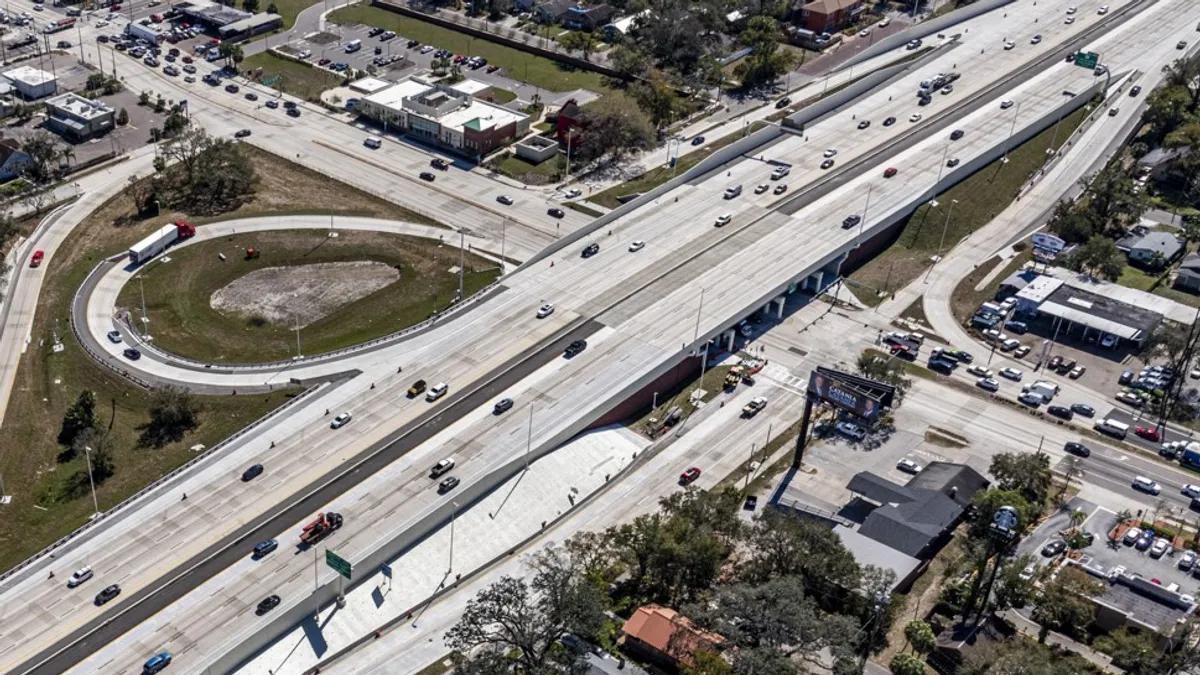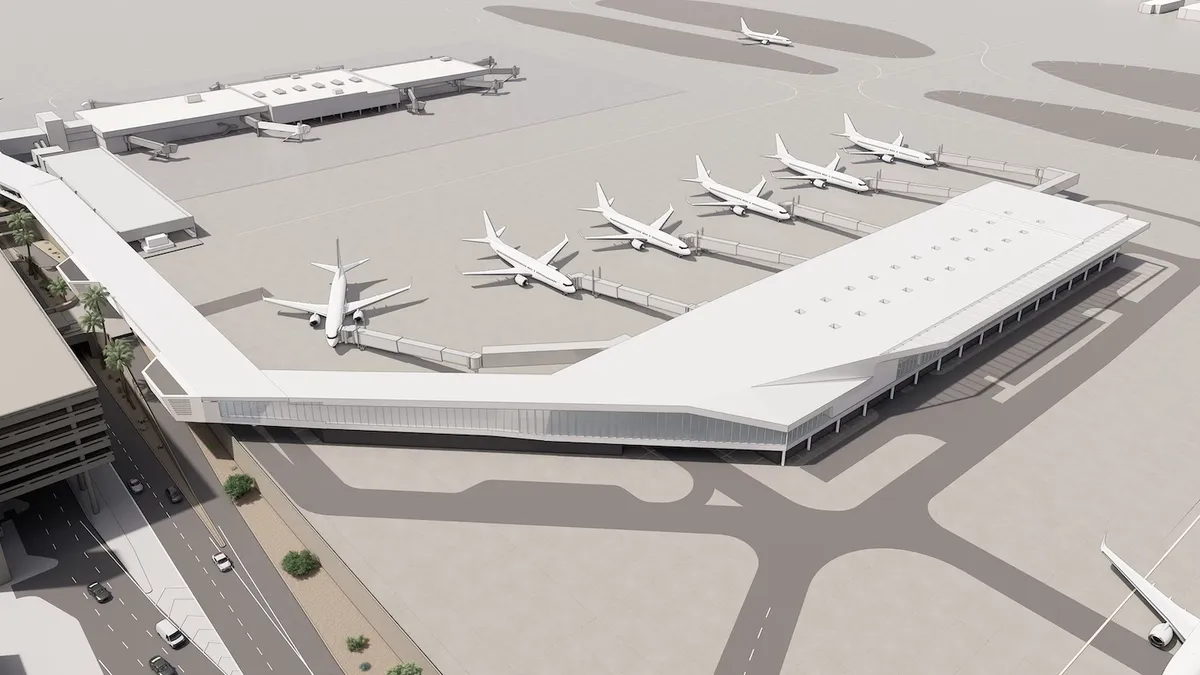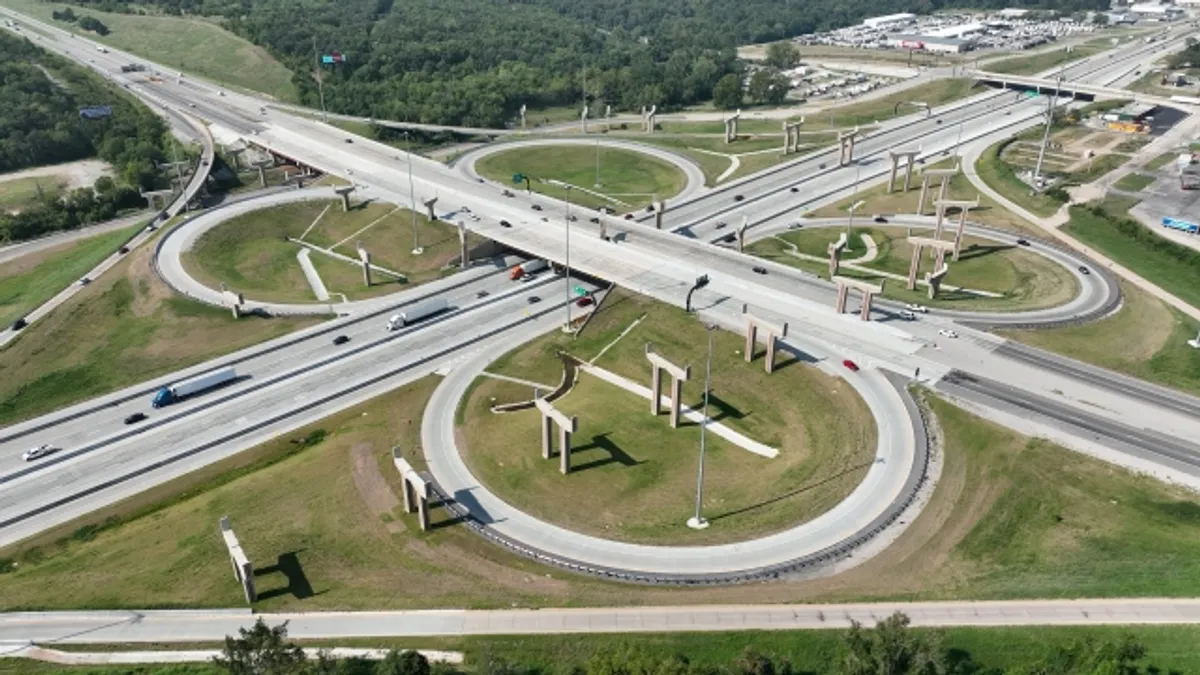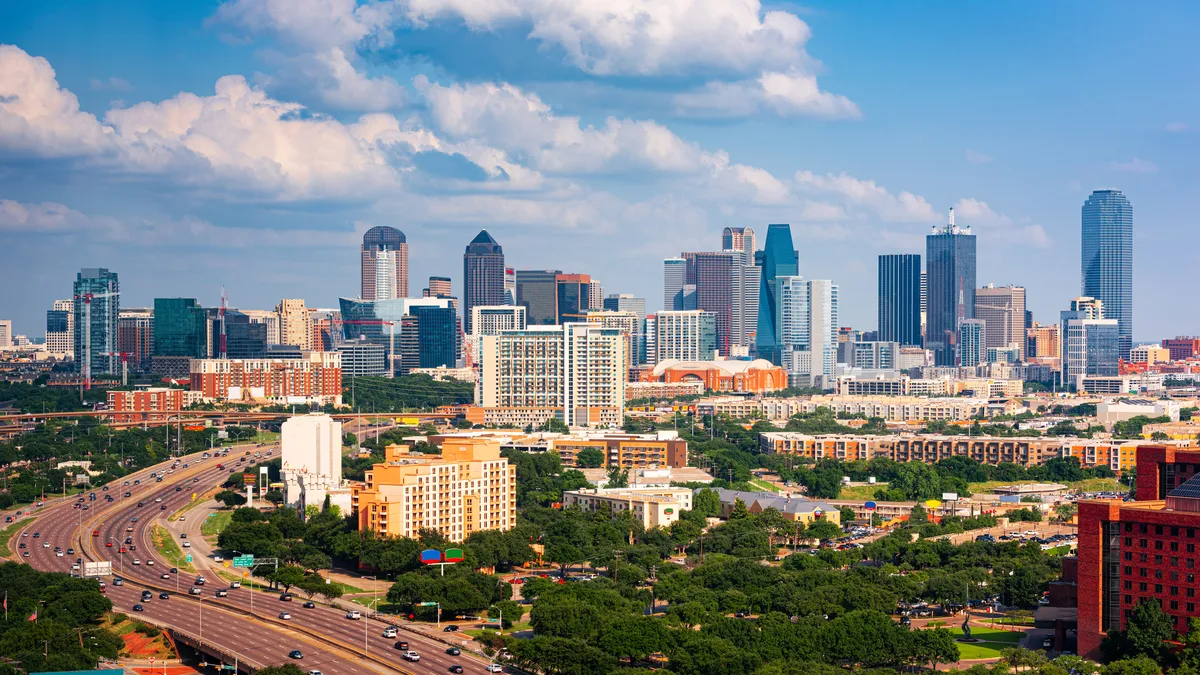A train hovering over its tracks and zipping up and down the East Coast at speeds exceeding 300 miles an hour — turning hours-long trips into mere minutes — might sound like an overly ambitious, futuristic venture. But developers believe now might be the right time for a technology that America has flirted with for decades to actually take shape.
The concept of trains operating by magnetic levitation, or maglev, first gained attention decades ago when Japanese investors expressed interest in bringing their existing technology to the Northeast United States. But it never gained traction due to concerns over cost and disruptions to neighborhoods, among other things.
The Northeast Maglev (TNEM) was founded in 2011 with what some viewed as the lofty goal of bringing the Japan Railway Company's maglev technology to a Washington, D.C. to New York route, claiming the trip would take about an hour. By comparison, Amtrak's existing high-speed train service, the Acela, takes about three hours to complete that trip. Driving is about four-and-a-half hours without traffic tie-ups.
But before TNEM takes on the larger scope project, its goal is to get a D.C. to Baltimore route built and running smoothly. It's so serious about making this concept a reality that it opened its headquarters in downtown Baltimore two years ago. That progress is due, in a large part, to Maryland Governor Larry Hogan, who resurrected the maglev idea in 2015 after he rode one of the trains during a business trip to Asia. He has been a driving force in bringing such a train to his state ever since then.
Debates are going on now over the initial 40-mile maglev route between Washington, D.C. and Baltimore. Last week, three possible routes for TNEM's project were unveiled. At the same time, that very corridor is getting attention from Elon Musk for a proposed Hyperloop between D.C. and New York. The Maryland Department of Transportation granted conditional approval to Musk's Boring Company to begin constructing a tunnel under state roads that would eventually house the Hyperloop.
Maryland supports the TNEM project and is footing the bill for the environmental impact statement process, via a nearly $28 million federal grant. It will be two more years before government leaders choose one of the three proposed routes, if they deem the project feasible following the study phase.
Some Maryland residents have spoken out against the maglev project over worries it will destroy their homes and neighborhoods. Along those lines, a number have expressed concern over municipalities using eminent domain to advance the project. TNEM did, in fact, receive permission to use eminent domain during its approved acquisition of an existing passenger railroad franchise.
Project planners intentionally designed the system to operate mostly in tunnels 90 feet underground to avoid affecting neighborhoods. Still, opponents say it would be ignorant to think that a high-speed train wouldn’t cause any neighborhood disruptions, even if it is underground. For example, some suggest that a train going more than 300 miles an hour might still produce vibrations that could be felt by residents above ground.
TNEM is so serious about making this concept a reality that it opened its headquarters in downtown Baltimore two years ago.

With a price tag of at least $10 billion just for the Baltimore-D.C. portion, the maglev project is an expensive endeavor, especially considering that existing infrastructure projects — including train lines — struggle to garner necessary funding. But the Japanese government and Central Japan Railway have shown interest in subsidizing the construction costs to have an operating example of their technology in the United States. Supporters say everyone along the line will benefit from the economic development and financial opportunities it will bring, along with reductions in traffic congestion and vehicle emissions.
Maglev trains achieve such high speeds because superconductive magnets allow them to hover just above the tracks, thus reducing friction. The Hyperloop uses maglev technology but further reduces resistance by eliminating air in its underground vacuum tubes, claiming speeds of nearly 1,000 miles an hour. The Hyperloop would use pods for transportation instead of train cars.
Maglev technology isn’t exactly new in the United States; a number of cities had committed to pursuing the it over the past 15 to 20 years with varying degrees of success. In 2012, the Florida Department of Transportation granted a private company approval to build an elevated maglev train between the Orlando airport and convention center. But that contract expired this summer without much progress, and Orlando apparently is examining alternatives such as light rail for that route.
Similarly, in the early 2000s Pittsburgh had big plans for a 54-mile maglev line from its downtown to the airport, but that plan fizzled as well. Southern California also scrapped its maglev plan more than a decade after introducing it. A maglev line between Atlanta and Chattanooga, TN has been in the works for about a decade, but thus far it hasn't actually made it past the study phase.
Despite past hurdles, proponents believe now could be the time maglev really takes hold in the United States, most likely on the much-targeted D.C. to Baltimore and New York route. Musk appears to have the drive — and the self-funding — that other maglev projects have lacked. His momentum and the competition he poses for other developers could end up being the force needed to push a variety of these projects past the design phase and into completion. However, even with developers currently focused on trying to build some sort of maglev train system as soon as possible, the natural timeline constraints and delays of approval and construction make it improbable that this will be a viable option in the United States in this decade, or even early into the next.























